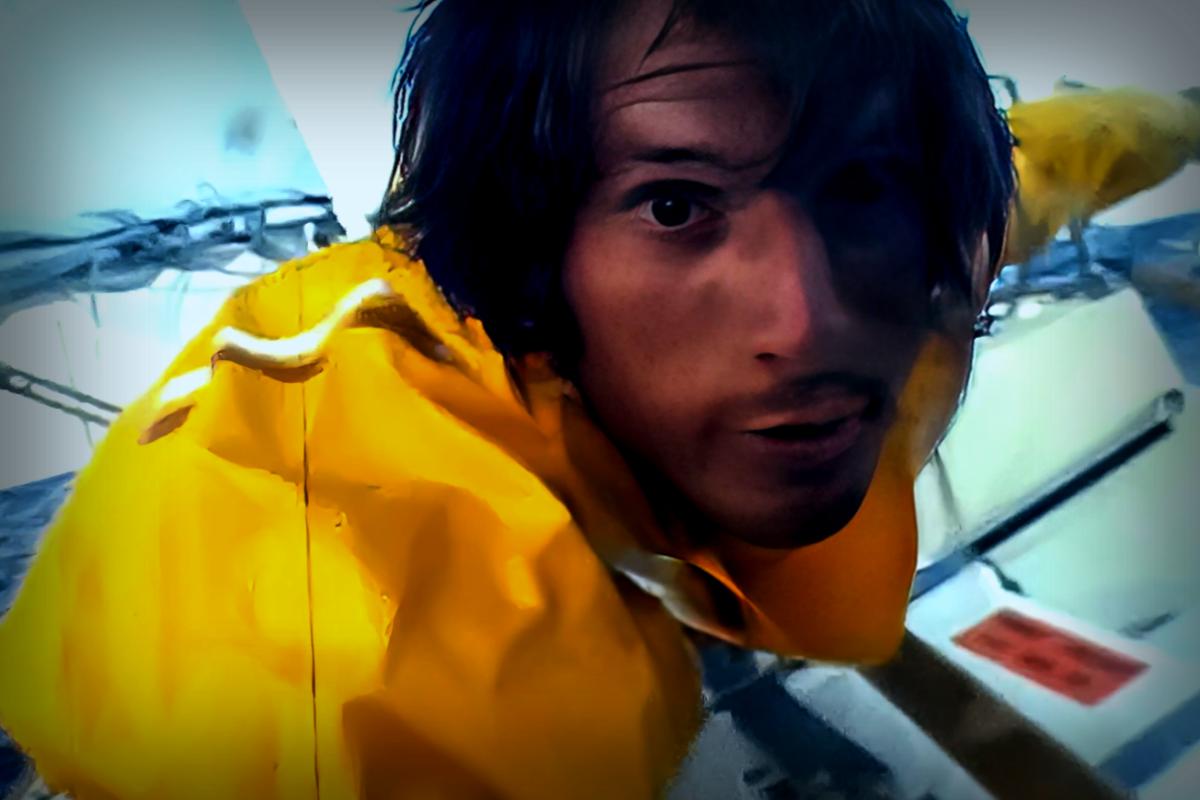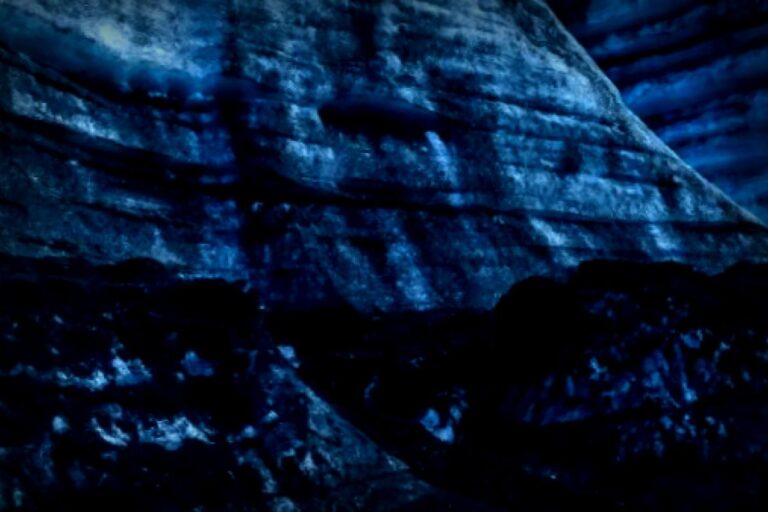Survivor at Sea
At 73 years old, Steve Callahan has a wild story about his 76-day ordeal in the Atlantic Ocean back in 1982. His survival involved learning to fish and creating fresh water, all while drifting alone in a small raft.
Here’s What Happened:
- Steve’s boat was wrecked overnight, forcing him to escape into a life raft.
- He survived on minimal supplies and lost a whopping third of his body weight.
- Steve lived his days on the raft like an “aquatic caveman.”
No one knew where Steve was when, for 76 days, he floated alone on a six-foot inflatable life raft with barely any food or drinkable water. The experience led him to describe it as “a view of heaven from a seat in hell.”
On the night of January 29, 1982, Steve, a skilled sailor, embarked on an ambitious journey from the Canary Islands to Antigua aboard his self-designed sloop, Napoleon Solo. Just a week into an otherwise beautiful adventure, disaster struck: his boat was smashed by what he believed was a whale. Water rushed in, and he had no choice but to grab some essentials and jump into his life raft.
“I spent the next two and a half months figuring out how to exist like a cave person on water,” Steve recalls.
With only a few supplies — nuts, raisins, a couple of eggs, some baked beans, and around eight ounces of water — he entered a phase Steve termed “recoil,” similar to the feeling of facing overwhelming adversity.
“Two weeks of struggle came after thinking, “How do I even survive this?” he explains, adding that this reflection made him confront his life “failures and shortcomings.” Making sense of it all was no easy task.
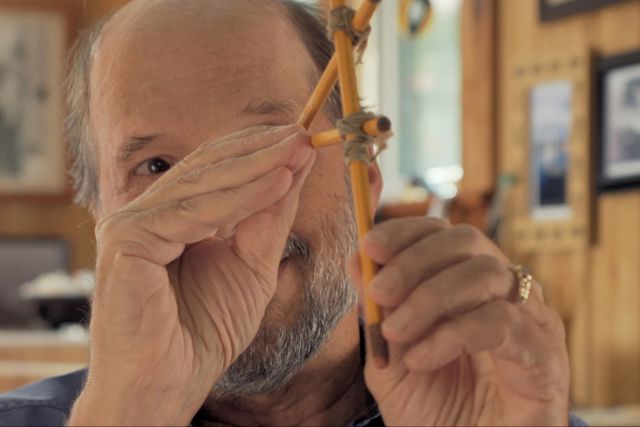
Steve worked on providing for himself by keeping a daily log, using the North Star, the horizon, and a sextant he crafted from supplies he could salvage. All the while, the reality of sea life began to weigh heavily on him; he found himself resigned to the thought that he might not make it. He even took the time to draft out an epitaph on shreds of paper.
“I tried to keep a structured routine that kept my mind from spiraling out; navigation, exercising—anything to keep active,” he recalls. “I’d prioritize my largest challenges and tackle problems step by step.”
Despite being aware of his severe food and water shortage, he thought of each day as merely extending his original adventure. His efforts to signal several passing ships with flares fell short, and day by day he lost weight. On his 43rd day adrift, he even punctured his raft, an ordeal that took him ten arduous days to fix.
“Hitting that low hit hard. I didn’t know if I could keep going,” he admits.
Bristling against abandonment, he found ways to create fresh water from makeshift solar stills and ultimately adapted to the thriving sea life around him, utilizing a spear to catch fish. “I had terrifying encounters with sharks, but I try to view that differently compared to others,” he laughed. “Living out there felt like the lifestyle of a primitive person, confined in a small raft. In time, the mahi-mahi became my lifeline, keeping me alive and acting as my ‘friends’ of the sea.”
He proudly d himself a fish farmer, becoming part of the primal beauty and enigmas of the ocean.’
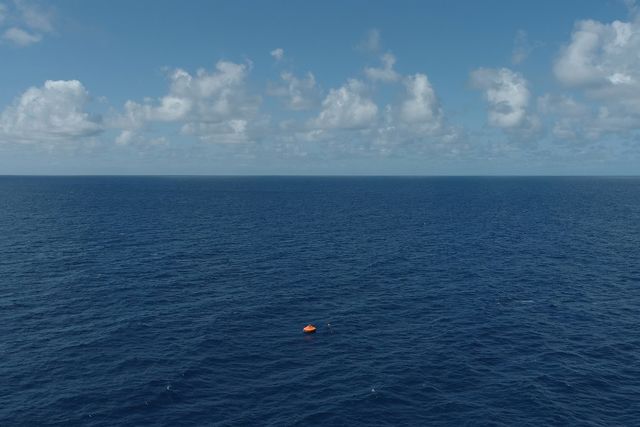
As reality dawned that his ordeal was nearing its end, distant signs appeared: from spotting an airplane overhead to a lighthouse light on his 75th night. When the dawn of April 20, 1982, broke, he saw birds surrounding his raft, chasing the fish that followed him. Soon after, fishermen on the hunt noticed those same birds and were drawn towards Callahan instead — a dramatic conclusion to his desperate survival.
“They didn’t quite know what to make of me,” he explains on recalling the rescuers, one of whom communicated in English. “But gleefully, I reflected on how the fish brought my rescue my way. It sounds like the best fish tale ever!”
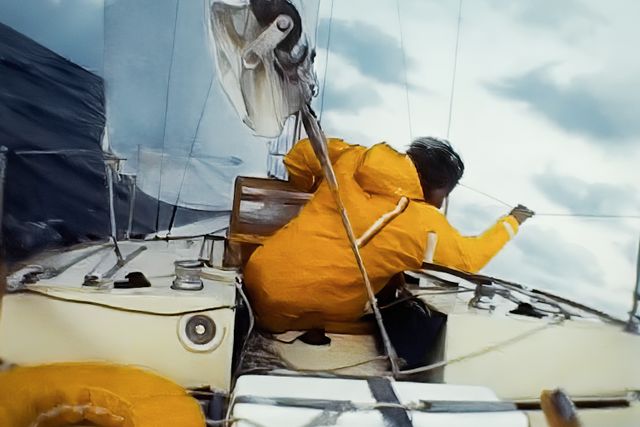
After his rescue, he was taken straight to the hospital, with one nurse even aghast at the state of his shirt, since he’d forgotten the stench of seawater and fish funk.
The very life raft that was both his prison and his sanctuary now rests prominently in the Peabody Essex Museum in Salem, Massachusetts.
Living in Maine now with his wife, Kathy, Steve shared the full tale in his 1986 memoir, Adrift: Seventy-six Days Lost at Sea. He later also worked with director Ang Lee for his iconic 2012 film Life of Pi, parenthetically addressing his relationship with the ocean and its portrayal in cinema.
Lee, noted for shaping oceans as narrative character elements, consulted with him for adding vibrant life to lifeless blue backdrops. “His view was that most existing ocean films didn’t do justice to the liquid dimension,” Steve added, celebrating the possibilities that films like 76 Days would convey through the oceanic backdrop.
This gripping documentary based on Callahan’s true-life account is making its rounds in select theaters, set to release in 2024.





